 9080431334
9080431334
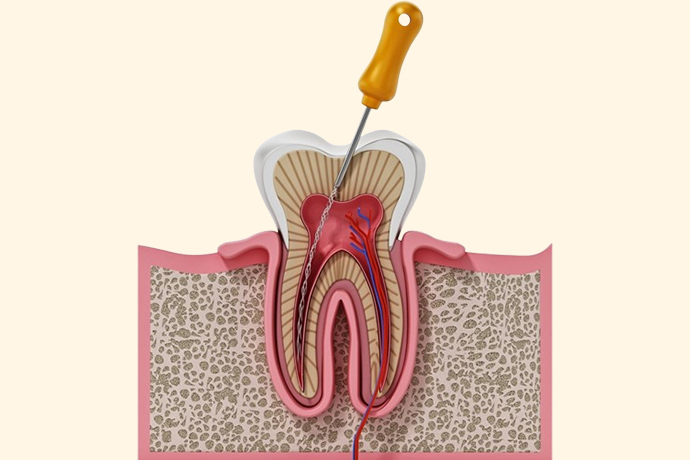


Root canal treatment (RCT) is a dental procedure used to treat infection or damage to the pulp (soft tissue inside the tooth). It involves removing the infected or dead pulp, cleaning and disinfecting the root canals, and then filling and sealing them to prevent further infection.

The procedure helps save a tooth that would otherwise need extraction, restoring its function and appearance. It is typically performed under local anesthesia and is relatively painless. After RCT, a dental crown is recommended to protect the treated tooth and restore its strength.

Root canal treatment is an effective way to alleviate pain and preserve natural teeth.
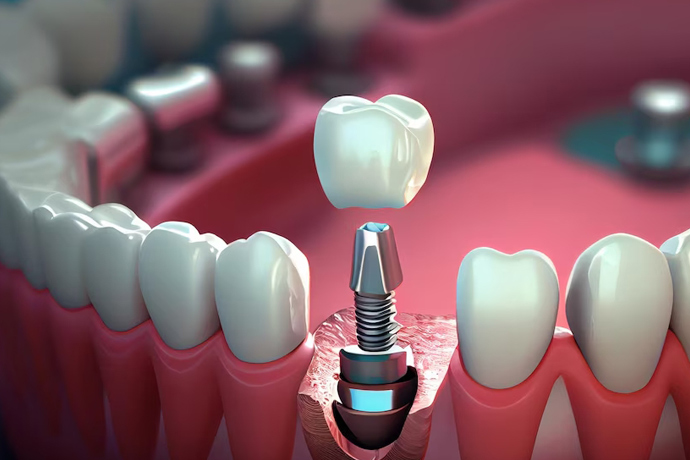


Dental implant treatment is a modern procedure to replace missing teeth. It involves surgically placing a titanium post into the jawbone, which acts as an artificial tooth root. Over time, the implant integrates with the bone through a process called osseointegration, providing a strong foundation for a crown, bridge, or denture.

Dental implants are highly durable, look and function like natural teeth, and help prevent bone loss in the jaw. The procedure is performed in multiple stages, including implant placement, healing, and restoration. It is a long-lasting solution for missing teeth, enhancing oral health, aesthetics, and overall confidence.
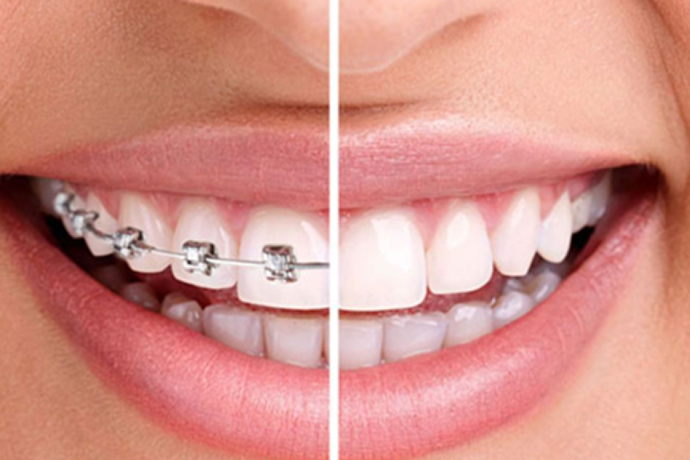


Dental orthodontic treatment focuses on correcting misaligned teeth and jaws to improve oral function, aesthetics, and overall dental health. It uses appliances like braces, clear aligners, and retainers to gradually move teeth into proper alignment.

This treatment can address issues such as crooked teeth, overcrowding, overbites, underbites, and spacing problems. Orthodontics not only enhances the appearance of the smile but also helps prevent oral health issues like tooth decay, gum disease, and jaw discomfort caused by improper bite alignment.

Also, this treatment focuses on guiding jaw growth, correcting skeletal imbalances, and ensuring proper alignment of teeth during childhood using functional appliances or braces.

Treatment duration varies depending on the complexity, typically lasting 12–24 months, followed by retainers to maintain results.
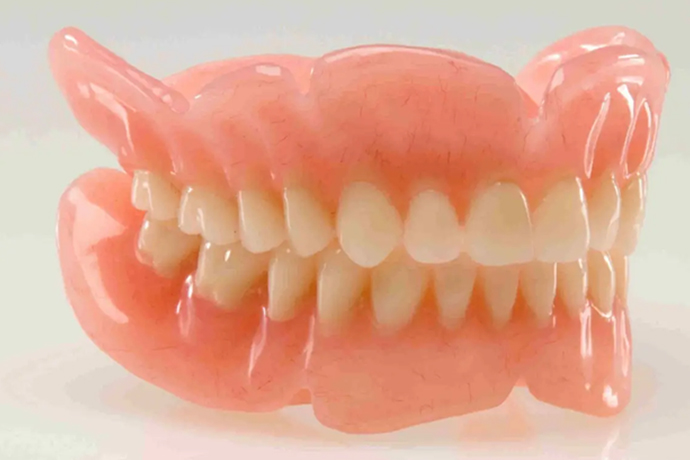


Denture treatment involves replacing missing teeth with artificial prosthetics to restore oral function, aesthetics, and confidence. Dentures can be full (for replacing all teeth) or partial (for replacing a few missing teeth).

The process includes taking impressions of the mouth, designing the denture for a comfortable fit, and making adjustments for optimal function. Dentures improve chewing, speech, and facial appearance by supporting oral structures.

Modern dentures are made from durable materials like acrylic or metal and are designed to resemble natural teeth. Regular follow-ups are essential to ensure fit and comfort, as gums and bone may change over time.
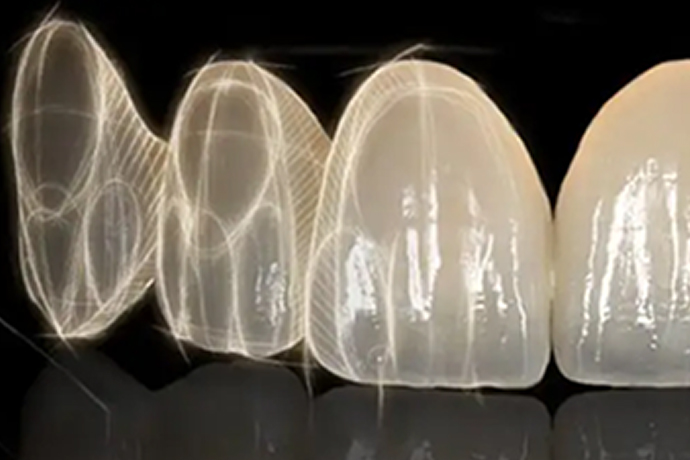


Dental crowns and bridges are restorative treatments used to repair damaged teeth and replace missing ones. A crown, also known as a cap, covers a damaged, decayed, or weakened tooth, restoring its shape, size, strength, and appearance.

Crowns are made from materials like porcelain, ceramic, or metal.

A dental bridge replaces one or more missing teeth by anchoring an artificial tooth (pontic) to the adjacent natural teeth or implants.

Both crowns and bridges enhance chewing ability, improve aesthetics, and maintain proper alignment of teeth. With proper care and oral hygiene, these restorations are durable and essential for long-term dental health.
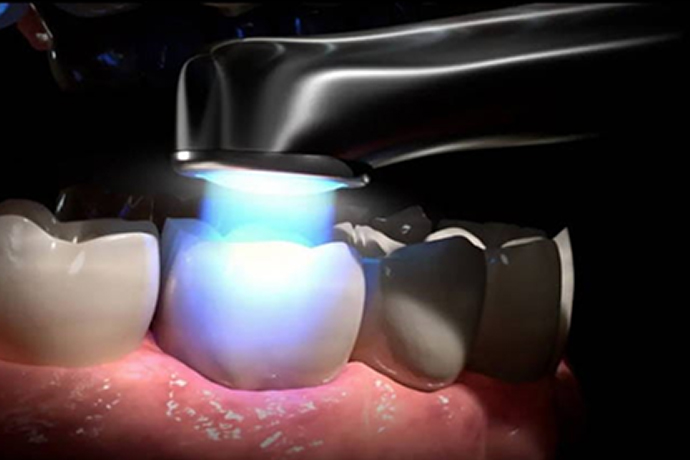


A dental filling is a common restorative procedure used to repair cavities, cracks, or damage in teeth caused by decay or trauma. It restores the tooth’s structure, function, and appearance while preventing further decay or deterioration.

The process involves removing the decayed portion of the tooth, cleaning the area, and filling it with materials like composite resin, amalgam, gold, or ceramic. Composite fillings are popular for their natural tooth-like appearance, while amalgam is valued for its durability.

Proper oral hygiene and regular dental checkups help maintain fillings and prolong their lifespan. Dental fillings play a crucial role in preserving oral health.



Cosmetic dentistry focuses on improving the appearance of teeth, gums, and smiles. It combines aesthetics with dental science to enhance overall oral beauty and function. Common procedures include teeth whitening, veneers, bonding, crowns, and orthodontic treatments like braces or Invisalign. Advanced techniques like gum contouring and dental implants further address structural and cosmetic concerns.

These treatments can correct discoloration, gaps, misalignments, and chipped or missing teeth, boosting confidence and self-esteem. With advancements in materials and technology, modern cosmetic dentistry offers natural-looking, durable results tailored to individual needs. It plays a crucial role in enhancing oral health and transforming smiles.



Pediatric dentistry is a specialized branch of dentistry that focuses on the oral health of children from infancy through adolescence. It addresses the unique dental needs of children, including the prevention and treatment of tooth decay, gum diseases, and other oral health issues. Pediatric dentists are specially trained to manage the behavioral aspects of children, ensuring they feel comfortable and secure during dental visits.

Early dental care is crucial for children, as it helps establish good oral hygiene habits and prevents future complications. Treatments in pediatric dentistry include dental cleanings, fluoride applications, cavity fillings, and space maintainers. Education on proper brushing, flossing, and diet is also emphasized to promote lifelong oral health.

Pediatric dentists also play a vital role in identifying and addressing orthodontic concerns, such as misaligned teeth, at an early stage. By creating a positive dental experience, they help children build a foundation for healthy smiles.
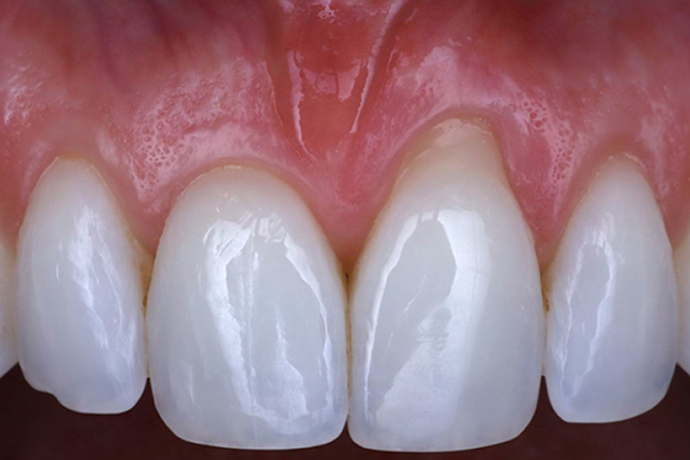


Periodontology is a specialized branch of dentistry focusing on the prevention, diagnosis, and treatment of diseases affecting the gums and supporting structures of teeth, including the periodontal ligament, alveolar bone, and cementum. It addresses conditions like gingivitis, periodontitis, and gum recession, which, if untreated, can lead to tooth loss.

Periodontists perform procedures such as scaling, root planning, gum grafting, and periodontal surgery to restore oral health. They also manage the placement and maintenance of dental implants.

Emphasizing the connection between gum health and overall well-being, periodontology plays a vital role in maintaining a healthy smile and preventing systemic health issues.